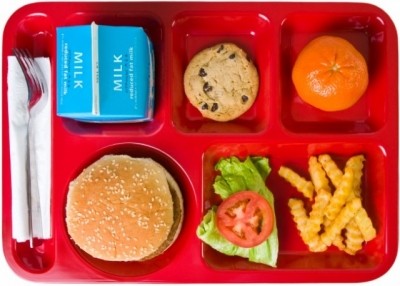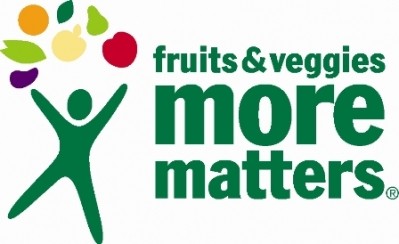USDA program succeeds in boosting fruit, veggie consumption among school kids

The program, run by the United States Department of Agriculture’s Food and Nutrition Service, was evaluated in the study by Abt Associates a Cambridge, MA-based firm that does research and program implementation in the fields of health, social and environmental policy, and international development. The Fresh Fruit and Vegetable Program (FFVP), which seeks to improve the overall diet of the select group of students, reimburses selected elementary schools with high rates of free and reduced-price meal enrollment for providing students with fresh fruits and vegetables during the day, outside of school breakfast and lunch meals.
Simple program design
“The program works by serving kids these free fresh fruits and vegetables In elementary schools the way it works is it happens in the classroom; I think a lot of times too then it is centered aroud a nutrition education session,” Susan Bartlett, a principal associate at Abt and the report's lead author, told FoodNavigator-USA. “It is kind of a class activity.”
“Is it surprising that the kids as a result eat those fruits and vegetables? I don’t think so. The thing that we found, though, was that it did indeed increase fruit and vegetable consumption.
“Most of it happened in school but some of it happened outside of school, and that’s encouraging,” Bartlett said.
More consumption, more positive attitudes
Students in schools that participated in FFVP ate one-third of a cup more fruits and vegetables than students who were in comparable schools that did not participate in the program. The researchers found that students who were in schools that participated in the program had more positive attitudes about fruits and vegetables. There was no statistically significant difference in total energy intake – or the number of calories consumed – between students in FFVP and non-FFVP schools, nor any evidence of differences in student consumption of other types of food.
"The increase in school children eating fruits and vegetables is important because children from socioeconomically disadvantaged families tend to eat fewer fruits and vegetables," Bartlett said. "This study shows that this program is making a difference in reaching students who are most in need."
Bartlett said there was a difference, too, in the information kids were receiving. While schools were not required to provide nutrition education to be part of the program, many did so. Children enrolled in the program not only received better nutrition but also got more information on how to make informed food choices in the future.
The USDA encourages schools to implement FFVP two or more times per week, and the researchers found that 94% of FFVP schools reported doing so. Forty-one percent of FFVP schools provide fresh fruits and vegetables five days a week. In addition, researchers found that schools reported serving, on average, six different fruits or vegetables each week. A majority of schools in the program (88%) provided nutrition education sometime during the prior month. In contrast, only 59% of non-FFVP schools provided nutrition education in the prior month.
Older students chosen for reliability
One of the things the program did not do, however, was shed definitive light on when in a child’s life certain food preferences become so ingrained that they are hard to change. The program focused on older children because of study constraints.
“The sample of kids that we looked at were fourth fifth and sixth graders. We looked at that age because they were more reliable about keeping a food diary. Evidence has shown that you can successfully do these 24-hour dietary recalls with kids of that age,” Bartlett said. “These were eight, ten and eleven year olds, so (those habits) were certainly not ingrained at that point.”
One of the questions that arose from the program that might warrant further study, Bartlett said, was why it seemed to boost fruit consumption more than it did for vegetables.














